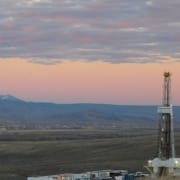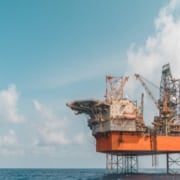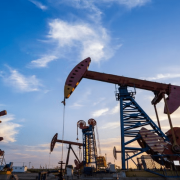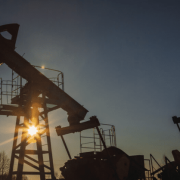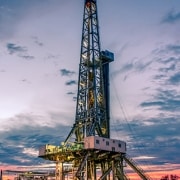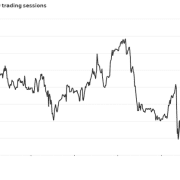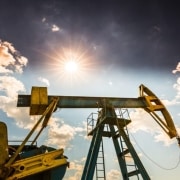The U.S. Geological Survey raised its estimate this week for how much oil and gas lies underneath public lands if every possible drop were squeezed from the ground.
The newly compiled figures show that oil and gas resources from onshore federal lands could power U.S. energy needs for a window of time — four years in the case of oil and a dozen years in the case of natural gas.
USGS found in its analysis that an estimated 29.4 billion barrels of oil and 391.6 trillion cubic feet of gas lie below all federal lands, as well as 8.4 billion barrels of natural gas liquids. The areas range from protected wilderness and national parks to holdings of the Tennessee Valley Authority and the Defense Department.
Click here to read the full article
Source: E&E News
—
If you have any questions or thoughts about the topic, feel free to contact us here or leave a comment below.

